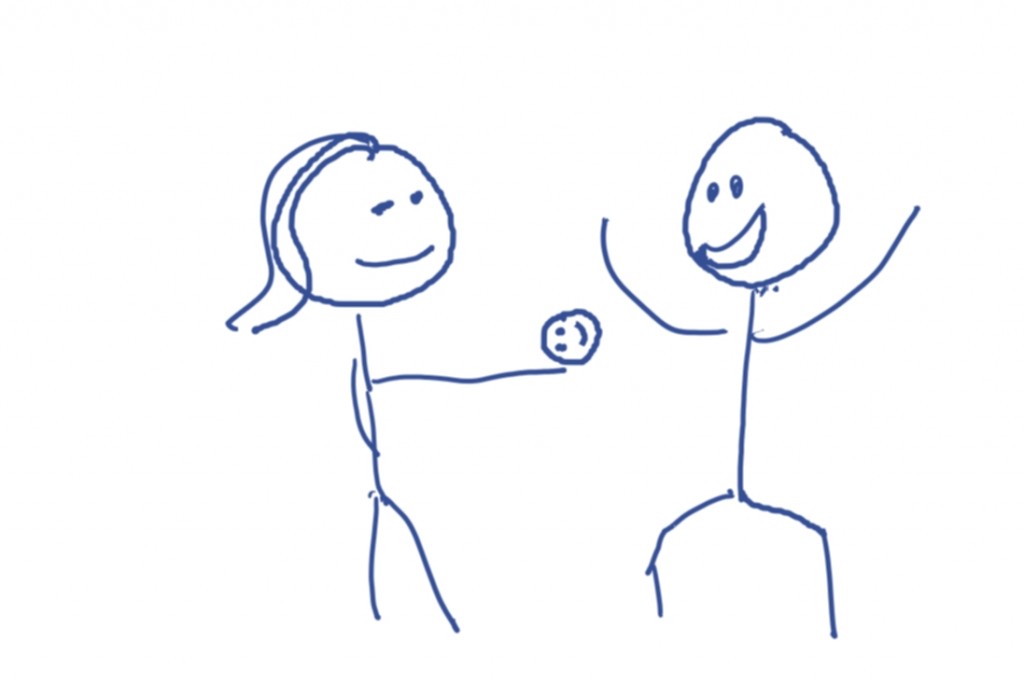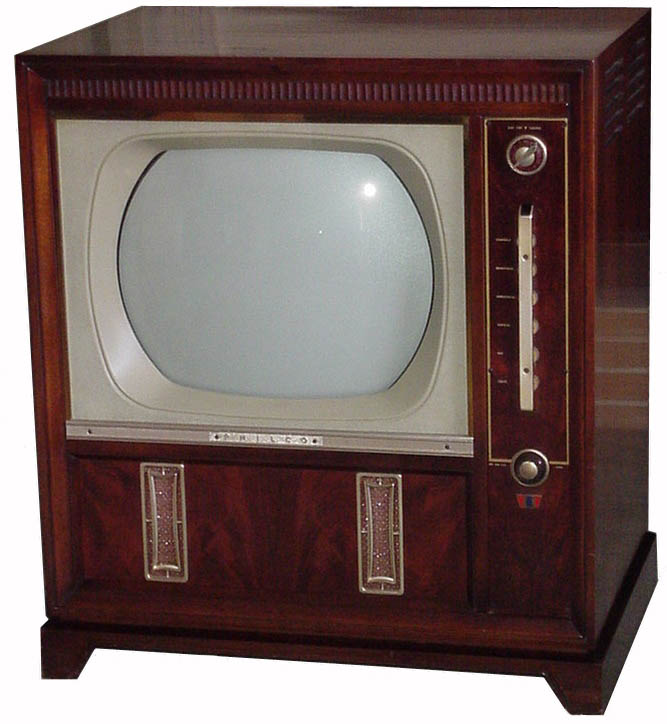were in hot water for ...er..."borrowing too heavily from reference." So alot of folks were already talking about the subject...but also because I had started playing with the idea of selling some of my original art at conventions, and realized alot of what I had was incomplete, due to the heavy amount of digital altering I had been doing at the time. I didn't feel right selling pages that only had elements...
 |
| "That'll be $125.00 please. Want me to sign it?" |
So here's part two:
The previous blog I wrote was ...over a year ago...in it, I analyzed some of the more common "shortcuts" artists have occasionally been known to take for the sake of completing their work. Some might be considered acceptable, while others notably less so...I theorized that it all depends on your approach to comics...is your final objective focusing on the craft (the "artist method") or solely the finished product (the "filmmaker" method")
Oddly a bit has changed since I wrote that blog. Controversy in the industry centering around big time, mainstream artists have brought this argument into the limelight...the point of this blog is NOT to debate those artist's motives (I've never met any of the folks involved and wouldn't be comfortable guessing their intentions)...but to examine what is, and what isn't, acceptable.
For instance...Is digital manipulation of hand drawn art cheating? Computers have been playing an increasingly larger part in comics creation in the past few years. Not just for colors and lettering, mind you, but more and more effects, and even finished art...even entire comics are being put together digitally. I've come to feel that the computer is tool, no different that a pencil or t-square. Most arguments against computer manipulation I've heard tends to center around one belief:
"It's lazy"
That argument makes the assumption that it is either quicker, or easier, to use computer imagery. Let's examine a technique I use frequently, and apply these two assumptions.
I have gotten fairly familiar with a freeware 3D program, and since experimenting with it in issue 2 and 3 of Lazerman. Since liking the results, I starting implementing it's use heavily starting in issue 4. Essentially, I create digital "sets," exactly like movie sets, in this 3d program. Once I've crafted a set, I can import the image into photoshop and marry it to my line art seemlessly, creating detailed consistant backgrounds that I can use from virtually any angle. I've completed 3D sets for major locations that we use over and over in the course of a typical story..places like Alex's dorm room, the computer university campus, and even a generic city block.
The first assumption is "it's quicker." This assumes all you need do is press a button, and the computer somehow draws for you. Fact is, it took me about 10 times as long to create Alex's dormroom in 3D as it would take to simply draw it on paper. Granted, once it is done, I don't have to draw it again, regardless of the angle I use in a given shot...but the intital rendering still is far more time consuming then simply drawing it.
The second assumption is... "it's easier." For me this is partially true...I've always found working on backgrounds, fumbling with t-squares and making sure my horizon line and perspective lines are all straight..well, it's just a bit cumbersome for me. It IS easier for me to do this on a computer, where I can zoom and rotate and replace a line with a click..it's neater, and far more comfortable. However, learning the ins and out of an entirely new artform, not to mention the programs used to create it, has NOT been a walk in the park. It's literally a whole new artform to master.
Any individual set may take far longer to create... but it does offer two distinct advantages: It's more consistant, and it eliminates REPETITIVE work. For example, for issue 5 of Lazerman, I've had to create 3 new distinct sets for that the strory takes place in...one, for example, is the NYCCU campus. The work has taken me more time than it ever would for me to simply draw it in the panels I need...however, I essentially never need to draw the campus ever again. There will ALWAYS be new locations in every issue..so I'm constantly able to devote my attention to something new, rather than drawing the same local, 8-12 times, from 6 different angles.
I've alse heard the argument that it "stunts your growth as an artist." I can honestly tell you from my experience, I have LEARNED so much about background and architectual drawing from this method it's kind of alarming. Diversifying your techniques (in this instance, learning a new medium altogether) almost always HELPS you grow in your own medium. As long as you don't fall into the trap of letting one completely REPLACE the other.
Now of course, there is a major drawback...the original art does suffer. Just like watching a movie without a CG background in place, where you see only actors standing in front of a green screen...so does my original art lack the finished feel I see in so many other's original art. Alas, many of my finished pencils have only rough, or completely absent backgrounds. In some special cases I've even only drawn bits and pieces of a panel..raw elements to be re arranged and merged with digital art later in the production. Of course this leaves my pages look like a work in progress, and is why we don't sell our original penciled pages.
So in that way, my method does in fact "cheat the art." It's also why I consider myself less an "artist" and more a "comic creator"..because my goal is always focused solely on the finished product...which I feel is better off for the methods I use.
On a final note..I'd like to point out that is a personal choice, and not a company one. None of our other artists we work with use any of these methods I mentioned. It's simply what works well for me.
That blog also got a great response, and sparked some debate. I also feel like the more and more computers and digital art develop, the more interesting this conversation is going to get. I mean, go back 25 years, when everyone was coloring their comics with "Dr. Martin's Watercolor Dyes", and ask someone if they thought we would be coloring 99% of all books in photoshop. They probably would think you were crazy.
 |
| "Photoshop isa a fad, like color TV, and the internet". |
-Chris

No comments:
Post a Comment